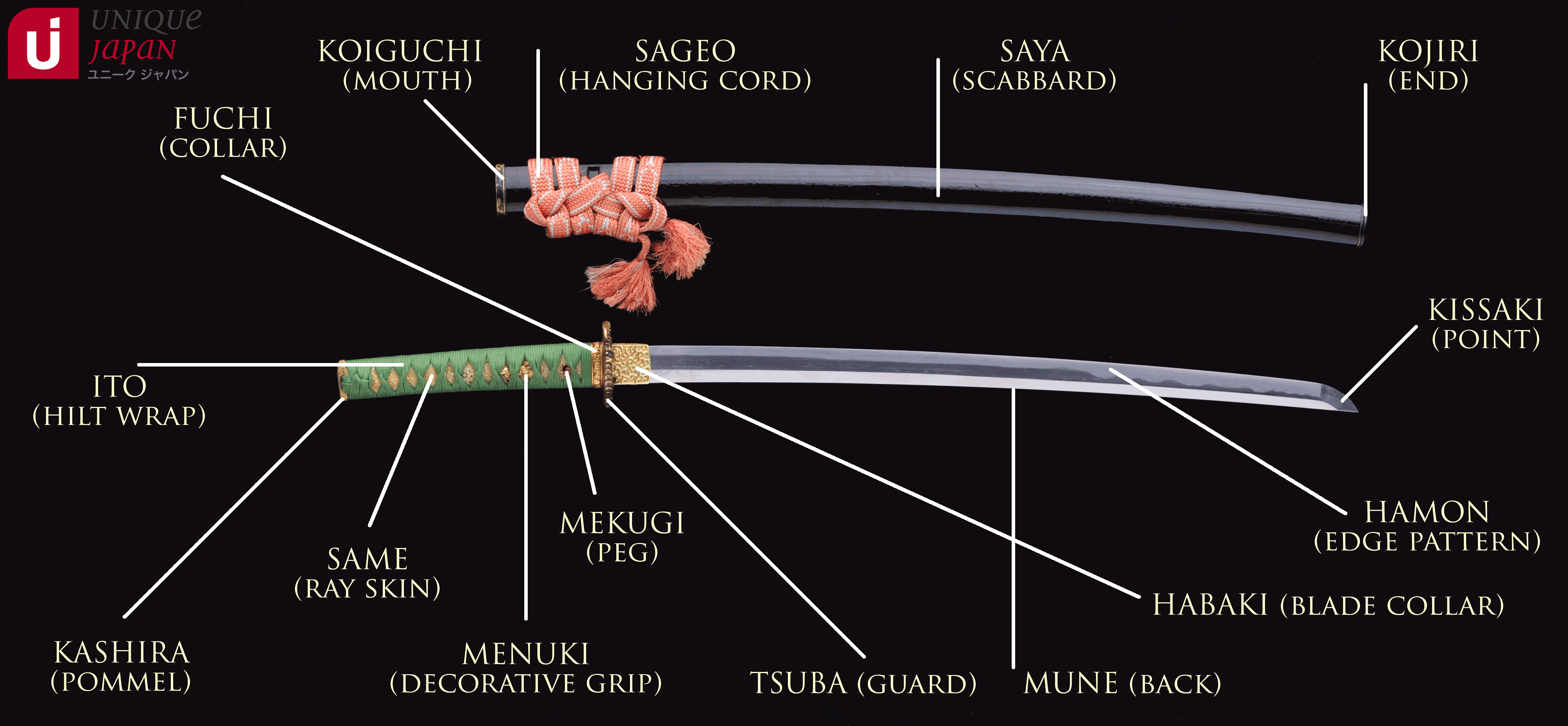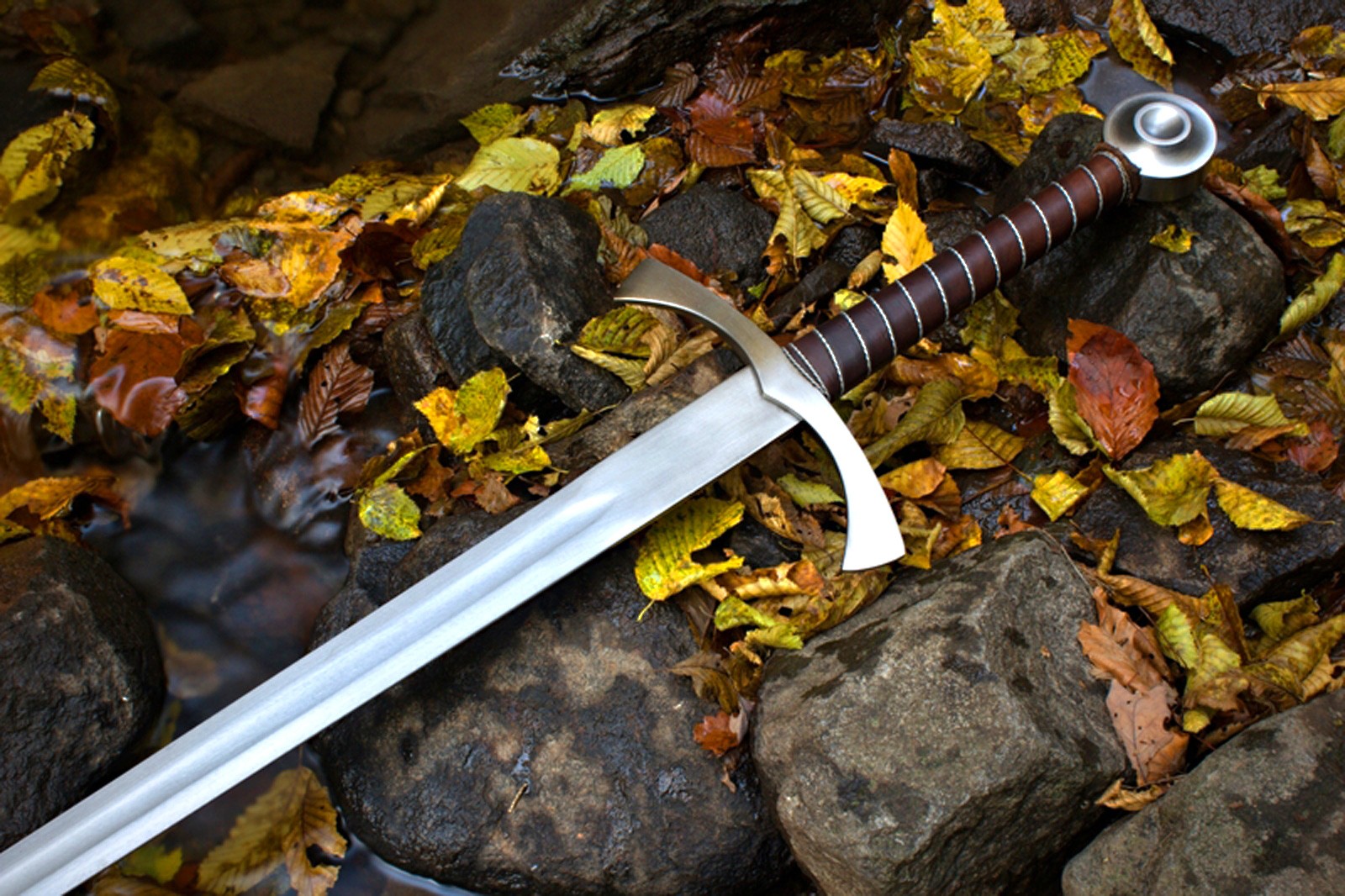History and Evolution of Swords

Sword meaning – Swords have played a pivotal role in human history, evolving from humble beginnings to become symbols of power, warfare, and cultural identity. The development of swords has been shaped by the interplay of technological advancements, cultural influences, and the ever-changing demands of combat.
In the realm of symbolism, the sword embodies strength and authority, slicing through obstacles with its sharp edge. Like the diamonds meaning of invincibility and eternal love, the sword’s blade represents the indomitable spirit, cutting through darkness and illuminating the path forward.
The earliest swords emerged during the Bronze Age, crafted from copper and later bronze. These early swords were primarily thrusting weapons, with short, leaf-shaped blades. As metallurgy improved, swords began to incorporate iron, which allowed for longer, stronger blades that could both thrust and cut.
The sword, a weapon of power and honor, has been wielded by warriors and heroes throughout history. Its blade, sharp and deadly, has the potential to both protect and destroy. Like an umbrella , it can shield us from the elements, providing protection from the rain and sun.
Yet, it also has the capacity to inflict harm, its edge capable of cutting through flesh and bone. The sword, therefore, is a complex symbol, representing both the power of life and the fragility of existence.
Types of Swords
Over the centuries, numerous types of swords have emerged, each adapted to specific fighting styles and cultural preferences. Some of the most notable types include:
- Straight Swords: Characterized by a straight blade, these swords were commonly used in ancient Greece, Rome, and medieval Europe.
- Curved Swords: With a curved blade, these swords were particularly effective in slashing attacks and were favored by warriors in the Middle East, Asia, and North Africa.
- Two-Handed Swords: Designed for use with both hands, these swords provided greater reach and power, but were also more cumbersome.
- Single-Edged Swords: Featuring a sharpened edge on only one side, these swords were commonly used for thrusting and parrying.
- Double-Edged Swords: With sharpened edges on both sides, these swords were capable of both cutting and thrusting.
Famous Swords
Throughout history, certain swords have become legendary, symbolizing power, courage, and cultural heritage. Some of the most famous swords include:
- Excalibur: The legendary sword of King Arthur, said to have been forged by the wizard Merlin.
- Durendal: The sword of Roland, a legendary Frankish knight, known for its unbreakable blade.
- Masamune: A renowned Japanese swordsmith, whose swords were highly prized for their exceptional craftsmanship and cutting ability.
Symbolism and Meaning of Swords: Sword Meaning
Swords have been imbued with profound symbolic meanings throughout history and across cultures. They embody a complex tapestry of power, justice, honor, and transcendence.
In mythology, swords often serve as divine weapons wielded by gods and heroes, representing the power of good over evil. The legendary Excalibur, for instance, symbolized the legitimacy and sovereignty of the British monarchy.
Representation in Literature and Art
Literature and art have also embraced the symbolism of swords. In Shakespeare’s plays, swords represent the clash of honor and duty, as well as the destructive power of ambition. In paintings, swords can symbolize victory, sacrifice, or the triumph of good over evil.
Symbols of Power and Justice
Swords have long been associated with power and authority. In many cultures, they were the exclusive weapons of the ruling class, symbolizing their dominance and right to enforce justice. The sword became a symbol of the legal system, representing the power of the state to uphold the law.
Honor and Courage, Sword meaning
Swords also embody the virtues of honor and courage. In ancient warrior societies, the sword was a symbol of a man’s bravery and loyalty. In modern times, swords are often used in ceremonies to represent the honor and sacrifice of those who have served in the military.
Practical Applications of Swords

Swords, with their lethal edges and piercing tips, have served as formidable weapons throughout history. Their versatility extends beyond the battlefield, making them indispensable tools for self-defense, hunting, and other practical applications.
In the realm of combat, swordsmanship encompasses a diverse array of techniques and styles. From the swift and elegant thrusts of fencing to the powerful two-handed blows of medieval knights, each style has its own advantages and applications.
Combat Techniques
- Thrusting: A precise and efficient technique, thrusting involves delivering a direct, penetrating blow with the sword’s tip. It is particularly effective against unarmored opponents or in close-quarters combat.
- Cutting: Utilizing the sword’s sharp edge, cutting attacks aim to sever or inflict deep wounds. They are powerful and can be used to disable an opponent’s limbs or break through armor.
- Parrying: A defensive technique, parrying involves using the sword to deflect or block an incoming attack. It requires quick reflexes and precise timing to effectively protect oneself.
Beyond combat, swords have also played a vital role in self-defense. Their ability to inflict serious injury makes them a potent deterrent against attackers. In hunting, swords have been used to dispatch prey, particularly in close-range encounters where firearms may be impractical or ineffective.
Types of Blades
The effectiveness of a sword in different applications depends on the type of blade it possesses. Common blade types include:
- Single-Edged: Blades with a sharp edge on one side only, providing a balance between cutting and thrusting capabilities.
- Double-Edged: Blades with sharpened edges on both sides, offering greater cutting power but reduced thrusting effectiveness.
- Curved: Blades with a curved shape, designed for slashing and drawing cuts. They are particularly effective against unarmored opponents.
By understanding the various techniques, styles, and blade types, individuals can harness the full potential of swords in practical applications, from self-defense to combat and hunting.
In the realm of legends and battles, the sword stands as a potent symbol of power and honor. Its gleaming blade evokes tales of chivalry and sacrifice. Yet, beyond its mythical allure, the sword possesses a concrete definition that shapes its significance.
For a precise understanding of this iconic weapon, delve into the sword definition , where the true meaning of its form and function unfolds.
The sword, a symbol of power and strength, has been a part of human history for centuries. It has been used in countless battles and conflicts, and its meaning has evolved over time. Today, the sword is often seen as a symbol of honor and justice, but it can also be a symbol of violence and destruction.
Like the connections hint today , the sword is a complex and multifaceted symbol that can be interpreted in many different ways.
The sword, a symbol of power and honor, has long held a place of reverence in human history. But in the realm of chance, where fortunes can turn on a whim, the sword takes on a new meaning. Much like the slot machine , where the spin of a reel can determine a destiny, the sword becomes a tool of fate, a harbinger of either triumph or despair.
For in the hands of fate, the sword’s sharp edge cuts both ways, offering both the promise of victory and the threat of defeat.